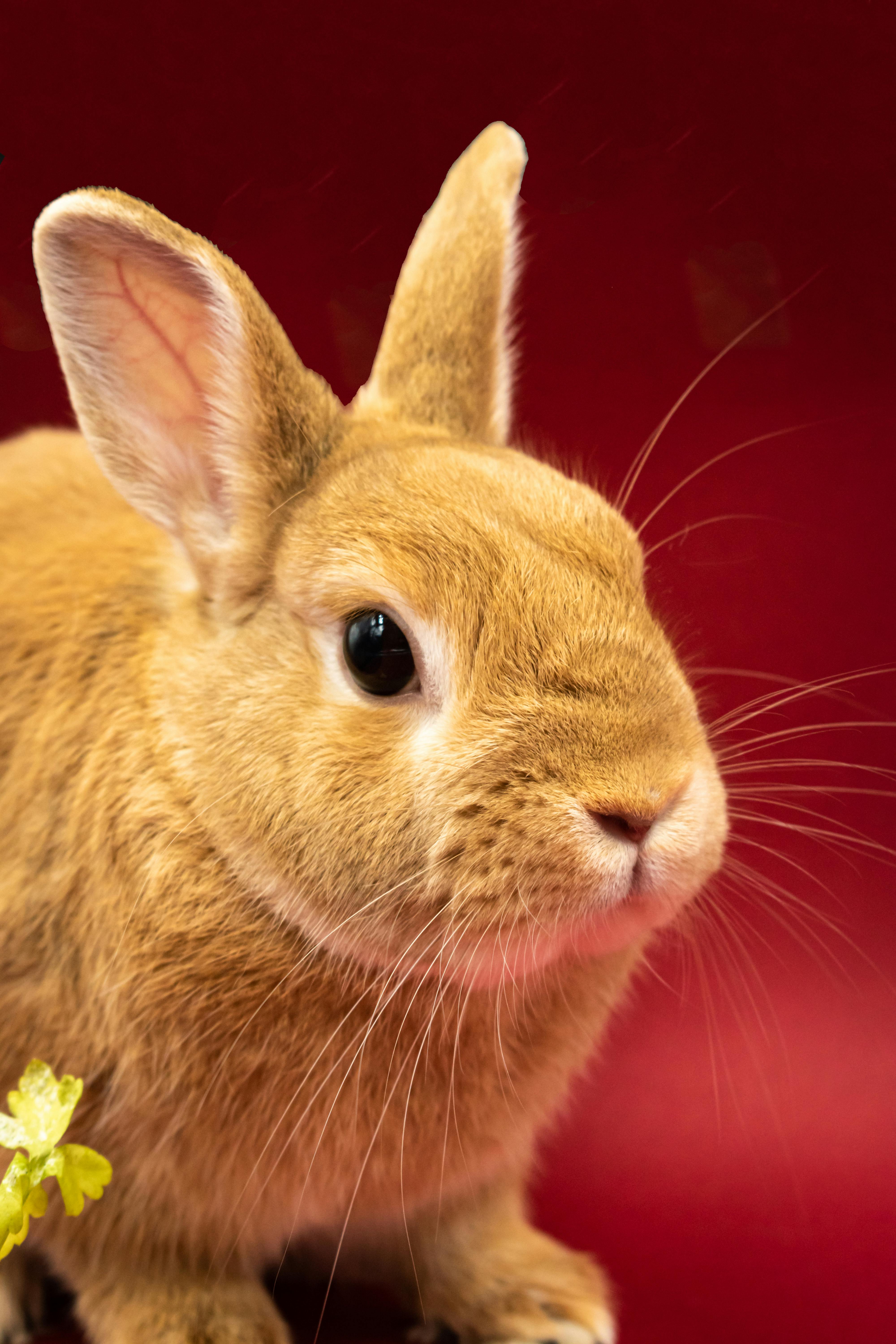Apply Now
Effective Ways to Optimize Betta Fish Breeding in 2025
Starting your journey into the captivating world of betta fish breeding can be thrilling. The variety of colors and fin types inherent in these fish makes them a favorite among hobbyists and aquarists alike. Proper betta fish breeding not only requires a passion for these exceptional creatures but also a thorough understanding of their care, health, and breeding processes. The importance of creating a conducive environment will reflect directly in the survival and health of your fry.
The benefits of breeding betta fish at home include cost savings, the joy of nurturing these fish through their growth stages, and the satisfaction that comes from watching your carefully selected pair bring forth new life. It’s essential to optimize the breeding conditions to ensure high success rates. This article will guide you through the critical factors affecting betta fish breeding and provide you with a roadmap to achieve your breeding goals.
Key takeaways from this guide will include best practices for tank setup, water conditions, mating behaviors, and effective care for your betta fry. By following these strategies, you’ll be well on your way to mastering the art of betta fish breeding.
Essential Principles for Understanding Betta Fish Breeding
The Importance of Betta Fish Breeding Knowledge
Before you engage in breeding betta fish, it's essential to familiar yourself with their behavior and breeding readiness. Betta fish have unique mating rituals that need to be understood to optimize the breeding process. Observing interactions between male and female bettas helps you identify when they are ready to breed. Successful breeding relies on recognizing these behaviors, including bubble nesting and courtship displays, which can indicate a proper pairing.
Additionally, breeding requires knowledge about significant environmental factors. Conditions such as water temperature, pH levels, and tank cleanliness can influence spawning success and fry viability. Optimal water conditions, typically around 78-80°F with a slightly acidic to neutral pH, facilitate healthier spawning. Understanding these factors sets the stage for better breeding outcomes.
Selecting the Right Breeding Pair
Choosing the right male and female betta fish for breeding is crucial. Look for healthy specimens with vibrant colors and robust fins, as these traits are indicators of good genetics. You'll want to consider color variations, as breeding bettas with distinctive colors can yield rewarding results.
When selecting your breeding pair, you should also evaluate their temperament. Aggressive male bettas can harm females if not monitored closely during the breeding process. Monitoring interactions between the pair can reveal their compatibility.
Preparing Your Betta Fish for Breeding
Before introducing your chosen bettas into a breeding tank, proper conditioning is vital. Feed them a high-protein diet, including live or freeze-dried foods like brine shrimp or bloodworms. This nutritional boost improves their readiness for breeding and enhances the health of any eggs produced.
The separation of the male and female prior to their introduction in a shared tank can reduce stress and enhance the spawning process. Utilize an isolation environment that allows them to see each other without direct contact. This method can encourage natural interest and readiness for breeding.
Creating the Ideal Betta Fish Breeding Tank
Key Features of a Breeding Tank Setup
Setting up a breeding tank is a critical step in ensuring the success of your betta fish breeding venture. A breeding tank typically should be at least 5 to 10 gallons, equipped with a heater, filtration system, and secured lid. Maintaining stable water temperature (around 78-80°F) is crucial for healthy breeding conditions.
Aquatic plants such as Java moss or spawning mops can create a suitable environment for bettas to lay their eggs. Incorporating these elements also adds hiding spaces for the bettas, allowing for comfort during breeding. Moreover, opt for dim lighting when the bettas are introduced to the breeding environment to mitigate stress.
Water and Tank Maintenance for Breeding
Ensuring optimal water conditions is vital. Regular testing for pH levels, hardness, and ammonia concentrations is necessary to maintain a healthy breeding environment. Conducting partial water changes regularly is essential, but make sure to avoid drastic shifts in water parameters to reduce stress on the fish.
After spawning occurs, removing the female betta is essential to prevent her from being harassed by the male. Make sure to clean the tank before introducing the female, ensuring optimal conditions for successful spawning and post-breeding care.
Monitoring Betta Fish Behavior During Breeding
Observing the behavior of male and female bettas during the breeding process can provide valuable insights. Look for signs of readiness from both fish; the male will often build a bubble nest and display flaring behavior, while the female might show vertical stripes indicating readiness.
If you notice excessive aggression or stress, it may be necessary to separate the fish until they can be reintroduced in a calmer state. Patience and careful observation are key components to ensuring a successful breeding environment.
Supporting Betta Fry Development
Care for Betta Fry After Hatching
Betta fry are notoriously delicate following hatching. Their care is vital for ensuring high survival rates. Provide a gentle current and ensure clean water conditions to promote healthy growth. Newly hatched fry are equipped to feed on infusoria or commercially available fry food that is finely crushed.
After about a week, you can start transitioning the fry to larger foods, incorporating baby brine shrimp to boost growth rates. Make sure to monitor their growth and adjust feeding schedules accordingly.
Common Challenges in Betta Fry Rearing
While raising betta fry, be vigilant in monitoring common challenges such as overcrowding, which can lead to stress and stunted growth. It is vital to adequately space fry and provide ample hiding spots to mitigate aggression and bullying behaviors as they grow.
Predator fish species or even adult bettas can pose significant risks to fry; maintaining separation with appropriate tank dividers or individual rearing setups can protect your fry from unwanted threats.
Best Practices for Ensuring Successful Fry Growth
To maximize the potential of your fry, ensure that they are raised in an optimal environment. Monitor the water parameters closely—stable pH and appropriate temperature (around 78-80°F)—are essential to support their development.
Regular water changes are crucial, but avoid disturbing the fry too much. Additionally, keeping the tank cleaning routine consistent will help promote a healthy habitat, encouraging better growth and survivability.
Final Thoughts on Betta Fish Breeding Success
In conclusion, breeding betta fish can be rewarding when approached with knowledge and preparation. Recognizing the fundamental needs of your bettas—such as understanding their behavior, creating ideal tank setups, and ensuring proper care for the fry—are all essential components for successful breeding. By mastering these techniques and monitoring your bettas frequently, you’ll find great success in your breeding endeavors.
For those interested in further topics related to betta fish care, feeding, and health, explore the many resources available to enhance your experience. Engage with the betta fish community to exchange stories, best practices, and continuous learning. Happy breeding!




